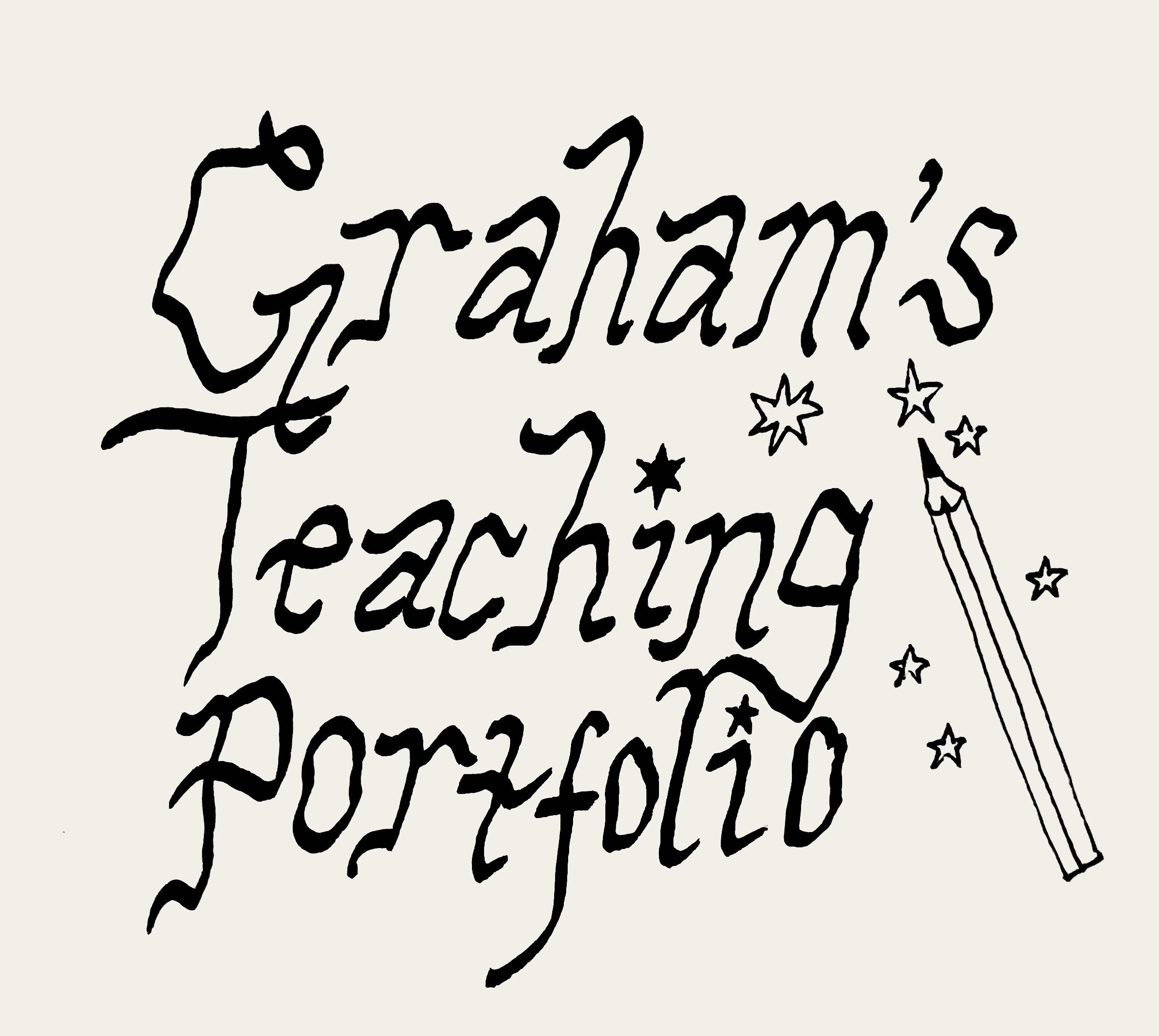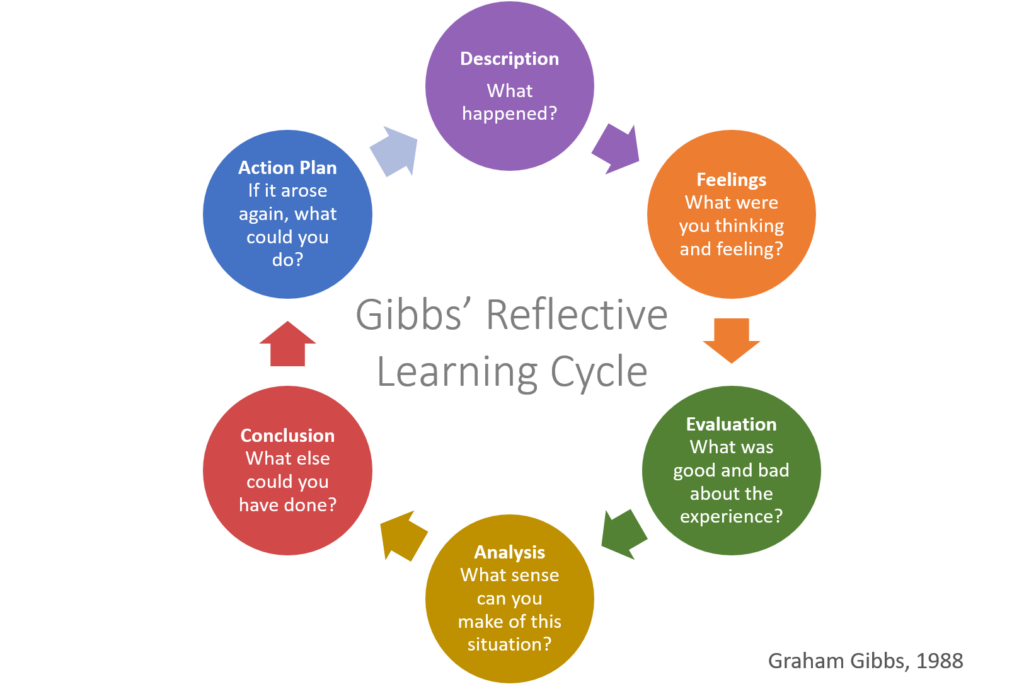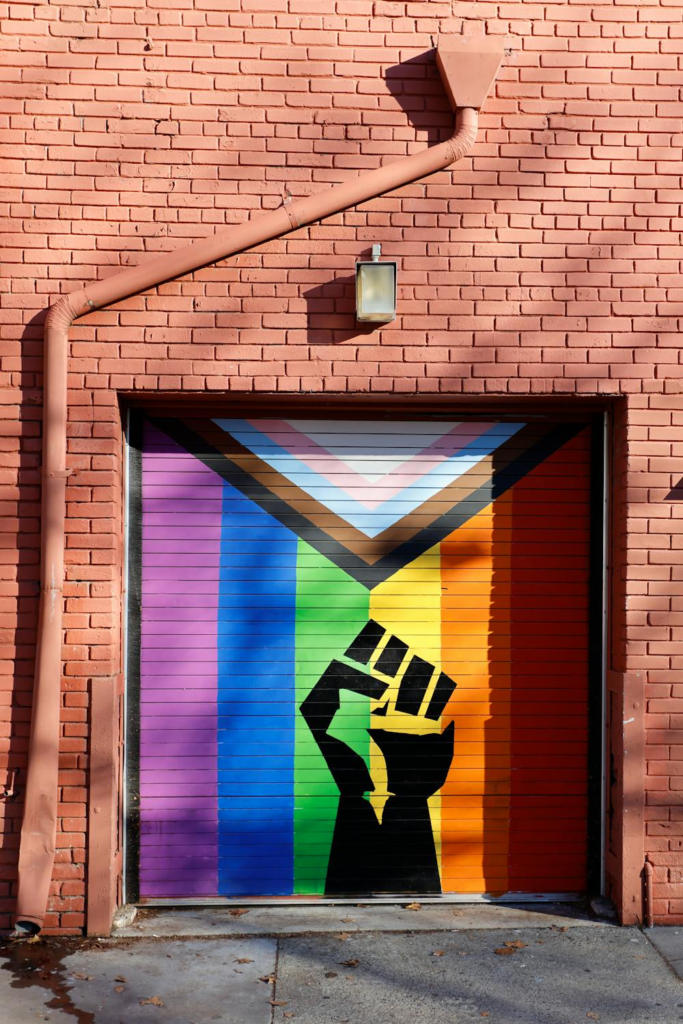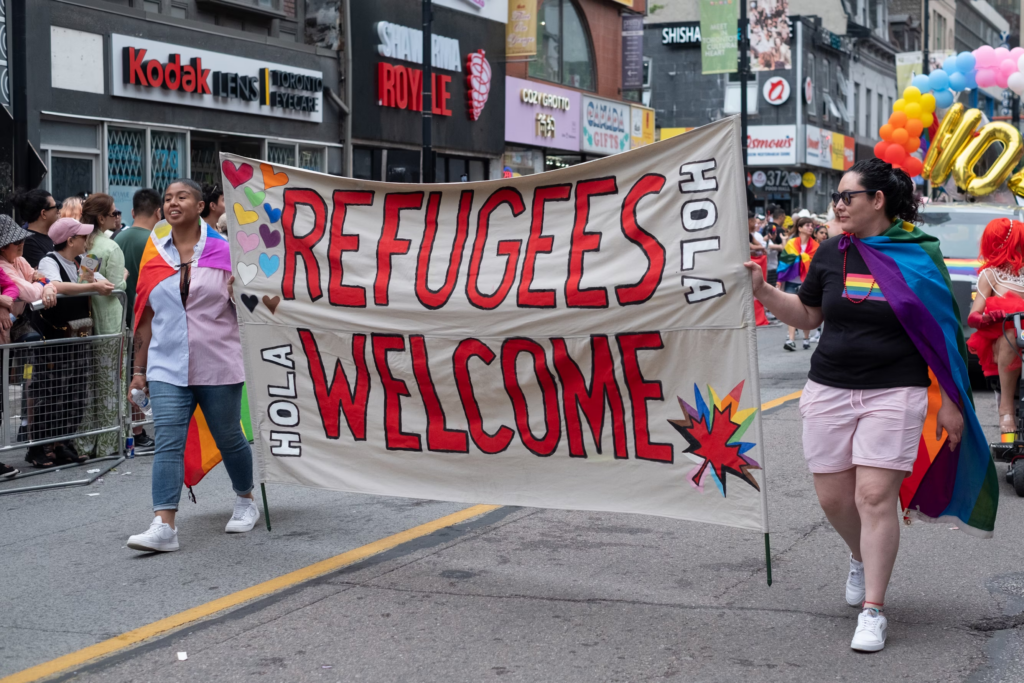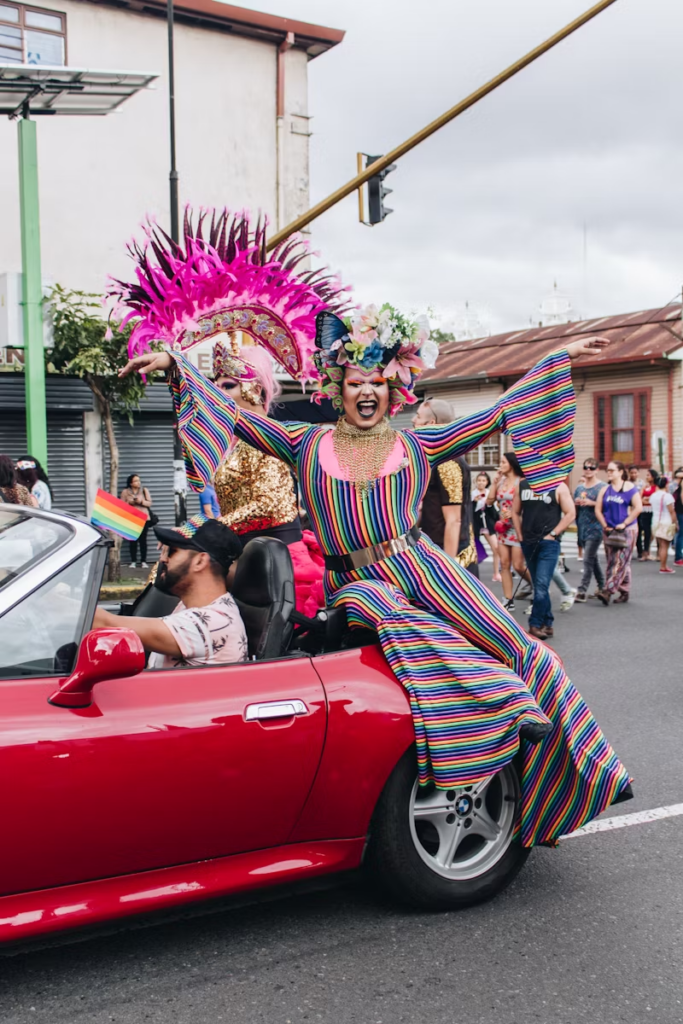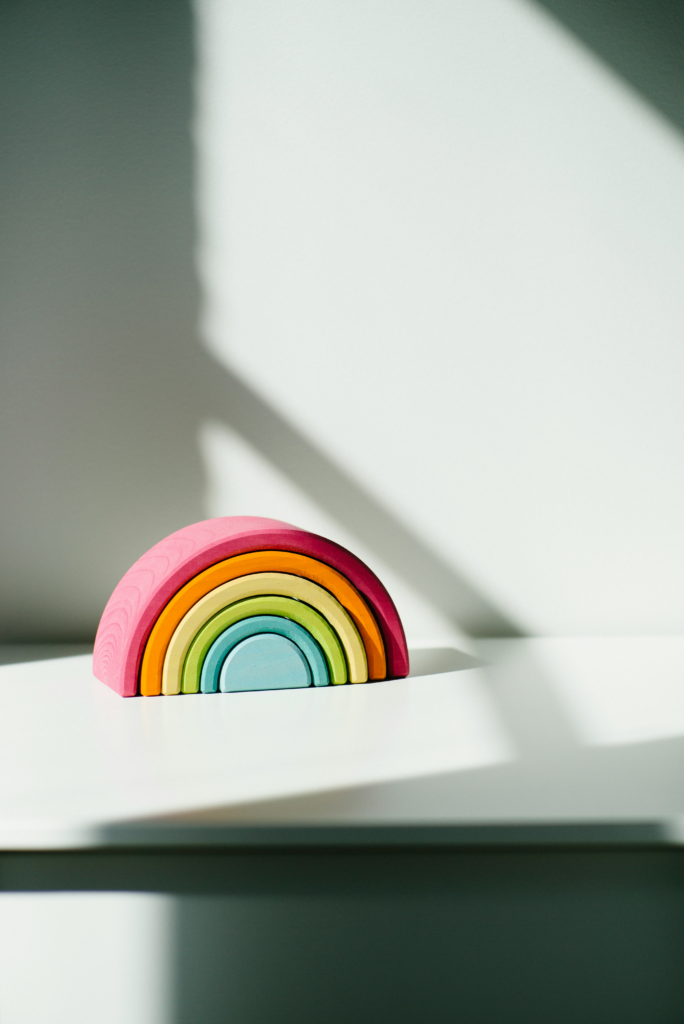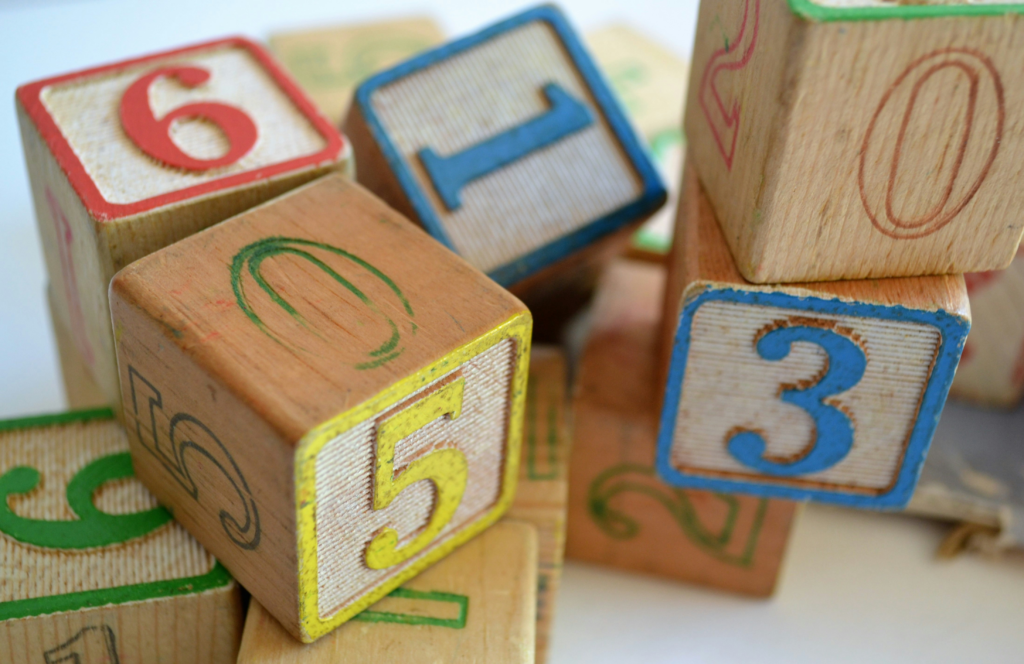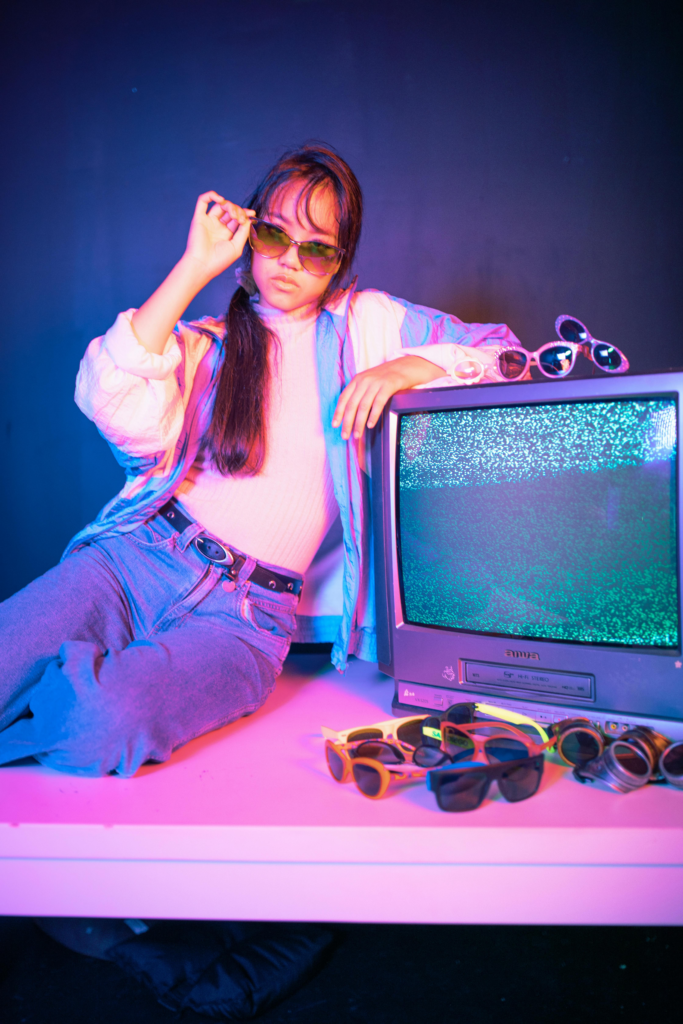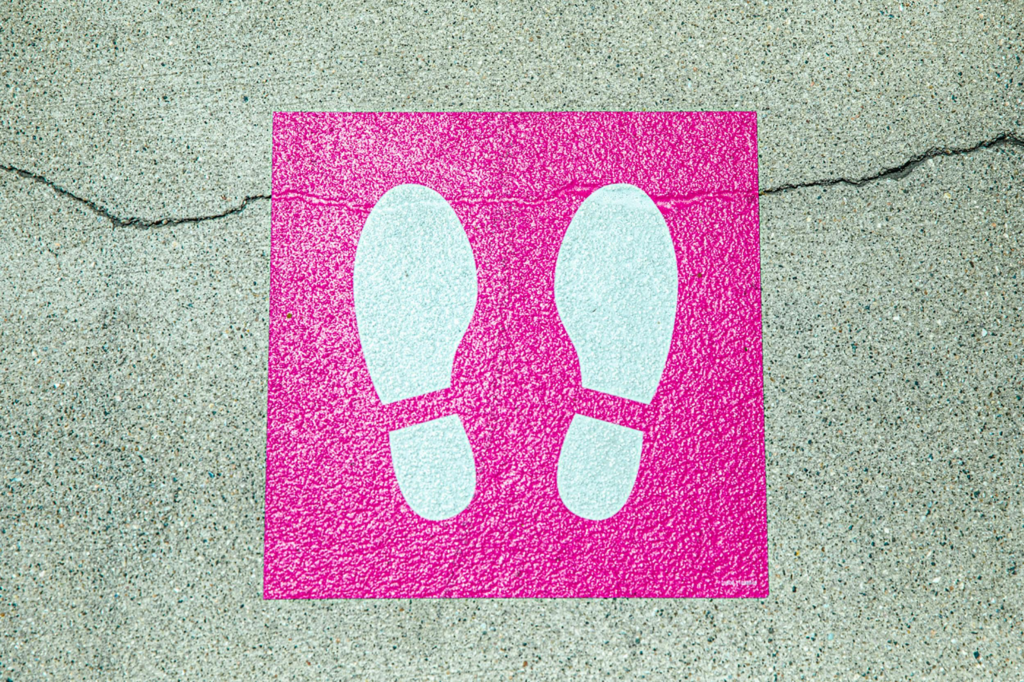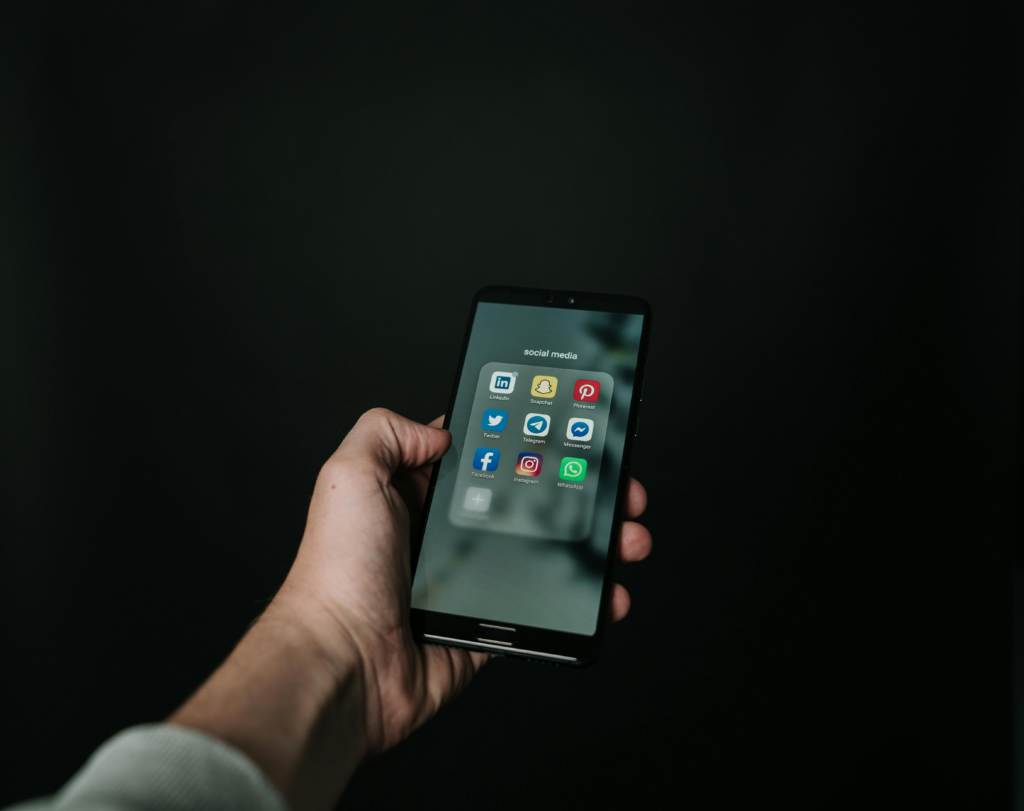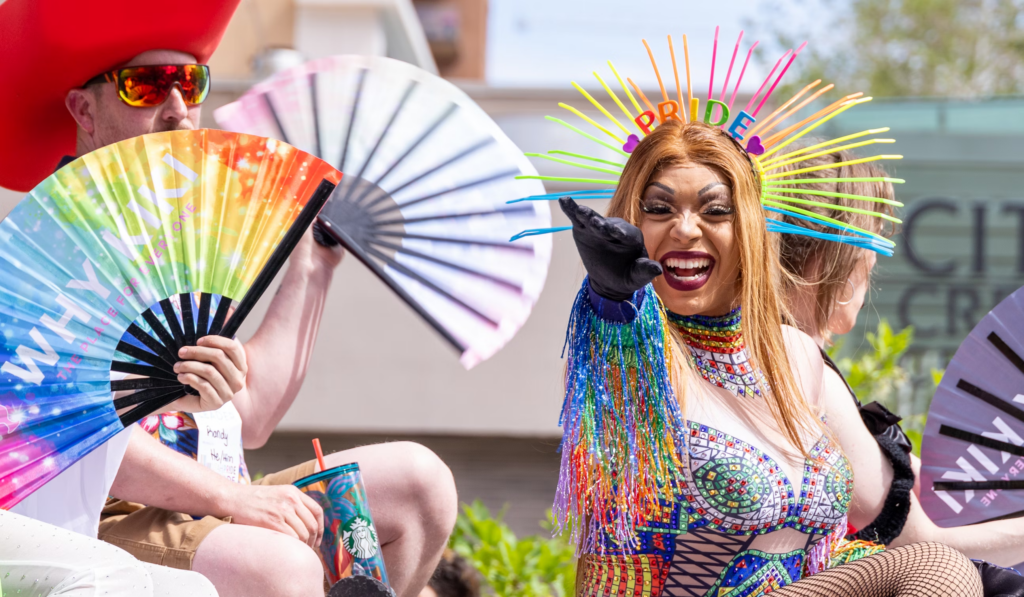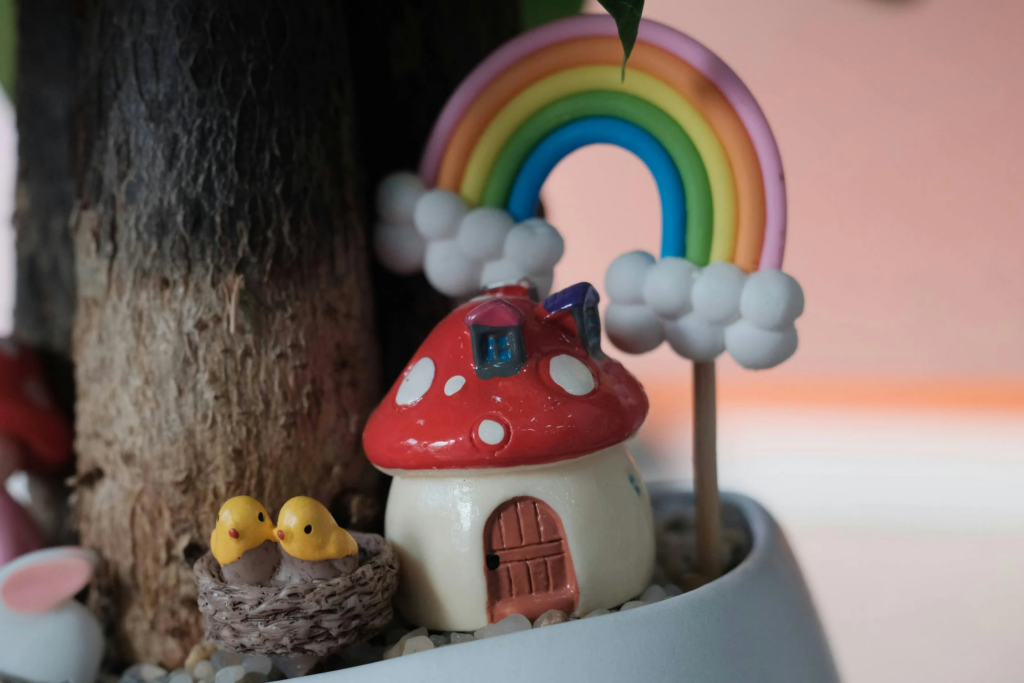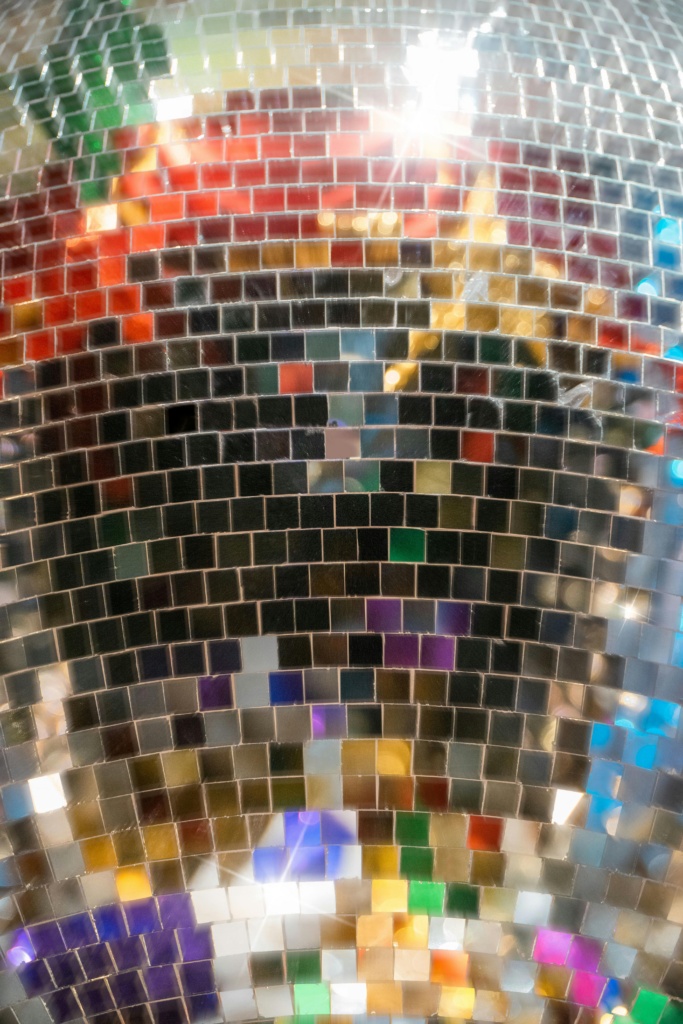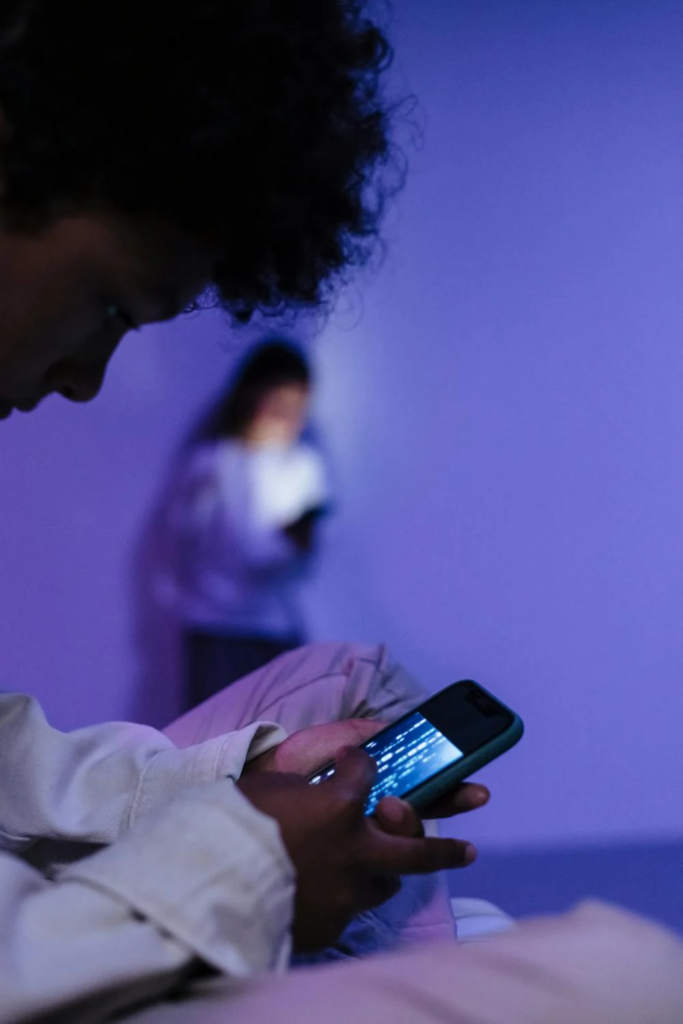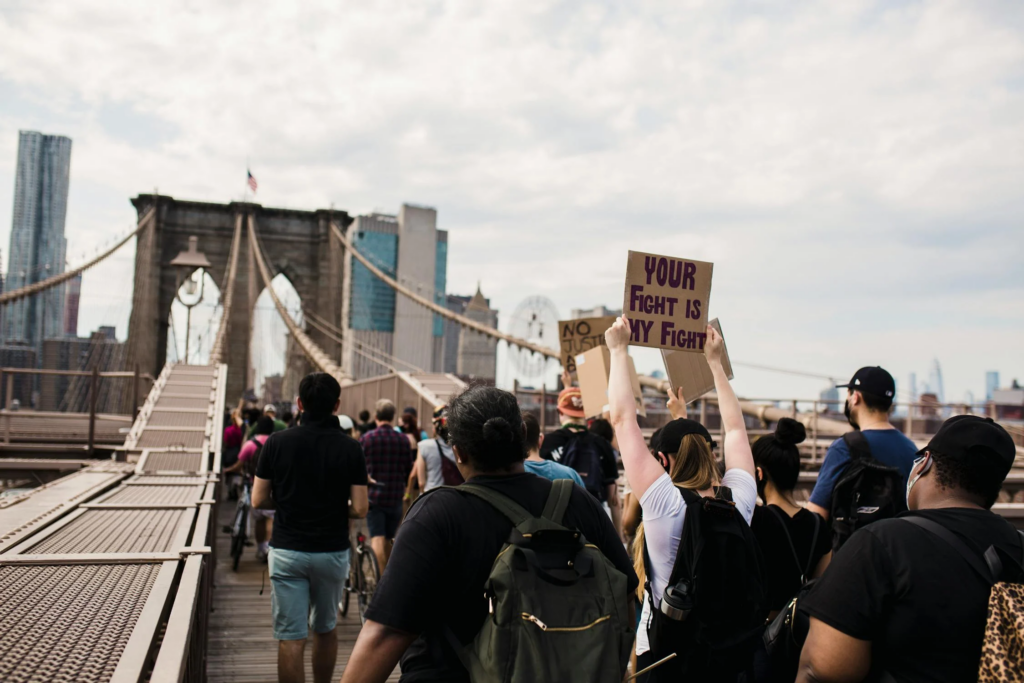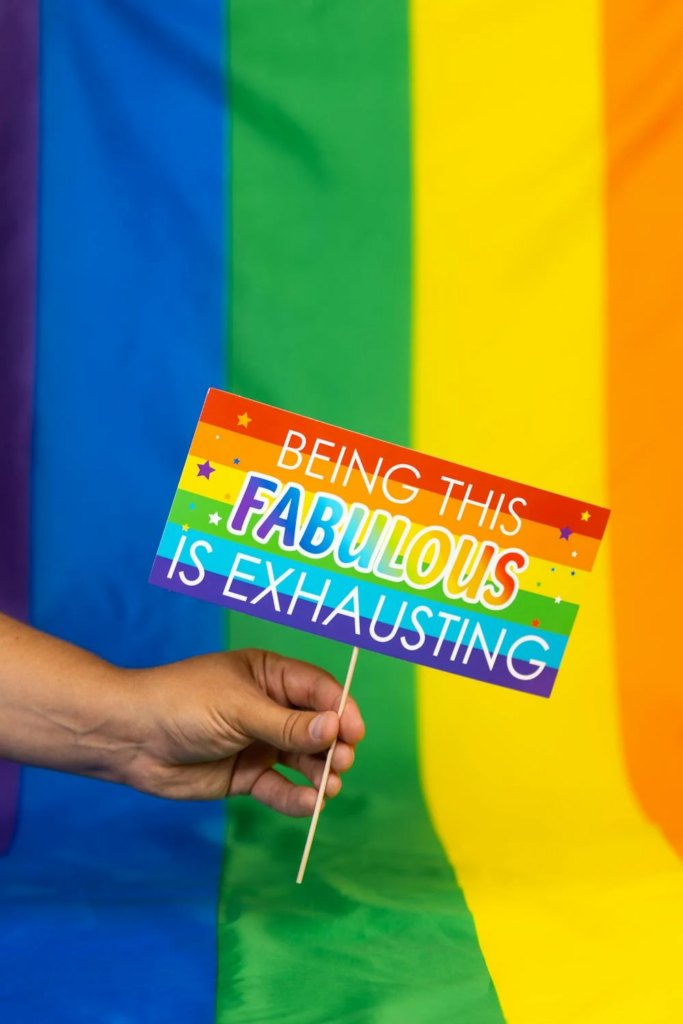
Yes, being this fabulous IS exhausting sometimes. Because although there are always allies and co-conspirators here to stand up for and celebrate people like myself, there are always homophobic and transphobic people too. Along with the increased visibility of LGBTQ+ people over the past few years, there has been an increase in police-reported hate crimes against us (I will focus on Canada, but this effect has been observed in several other countries).
The RCMP reports that hate crimes targeting LGBTQ+ people increased by 150% between 2015 and 2020- keep in mind, this is only the police reported data. Some LGBTQ+ people don’t report for fear of being further mistreated or discriminated against based on other factors, such as being a Person of Colour or having past adverse experiences with police. When I searched for the full data set on Statistics Canada, I realized new data had been released, showing yet another large increase- from 2020 to 2023 the number of crimes against us jumped from 258 to 860 with a steady climb all the way through. That’s pretty scary to me.

I wanted to look into these statistics again as part of my free inquiry because I need be knowledgeable as a visibly queer person, especially since I would like to start my own drag story time project one day. Having a finger to the pulse of these cultural trends helps inform me about the risks of taking on such a project, and further reminds me that I need to prepare myself for the possibility of being targeted. The CBC video embedded below talks about Fay and Fluffy (from free inquiry post #2) and shows footage and interviews surrounding an instance of targeting that they experienced in 2023 while hosting a public drag story time event. I found it far from surprising that the video also mentioned white supremacist ideology being connected to anti-drag story time protests. I think this is important for me to be aware of, because although I am not at the receiving end of racism, many drag performers and families in their audiences are. Being reminded of this encourages me to do more personal learning about creating events that are especially safe for People of Colour.
So, because there are some scary possibilities out there for me, I decided to create a brainstorm list of ways I can take care of myself currently (and in the future) when things like this happen.
- Join Cranbrook Pride to have a supportive community to fall back on
- Connect with local drag performers and queer educators to create a support network and get advice
- Find co-conspirators and accomplices in my teacher community who can help me create safety plans if (hopefully, when) I am ready to host a public drag story time event
- Move slowly in this process, and only increase my visibility as a queer person when I feel ready to handle the potential risks that will come with more visibility
But despite the sad and frightening things happening in the world, I am still determined to fill it with rainbows and give kids the inclusive childhood experiences I wish I had. For more on creating beautiful and joyful queer experiences, read my next post!
Links:
